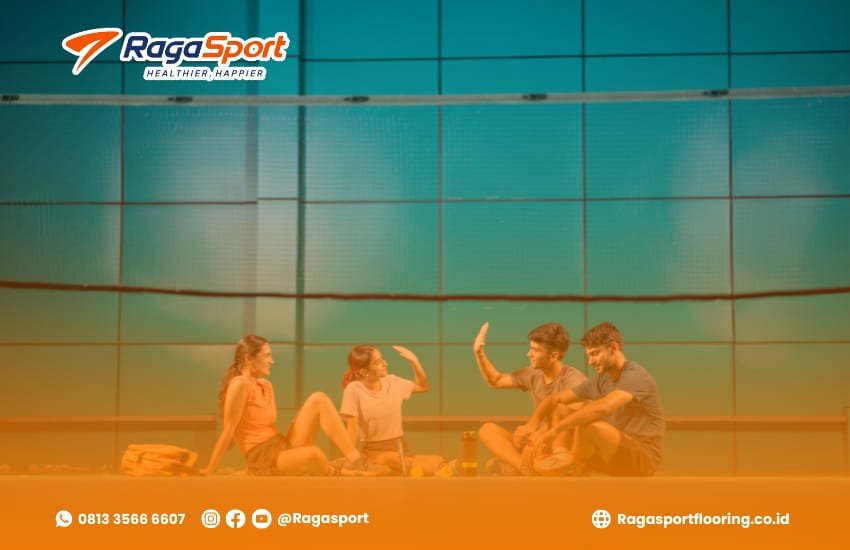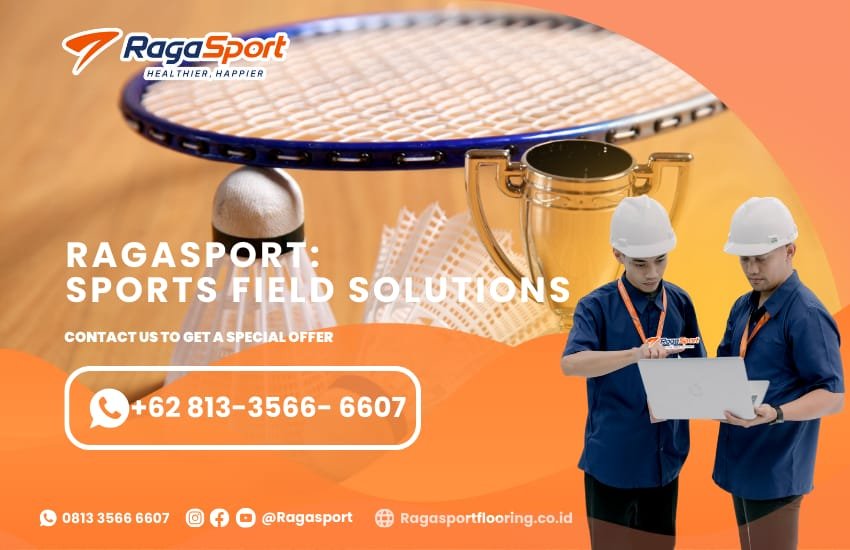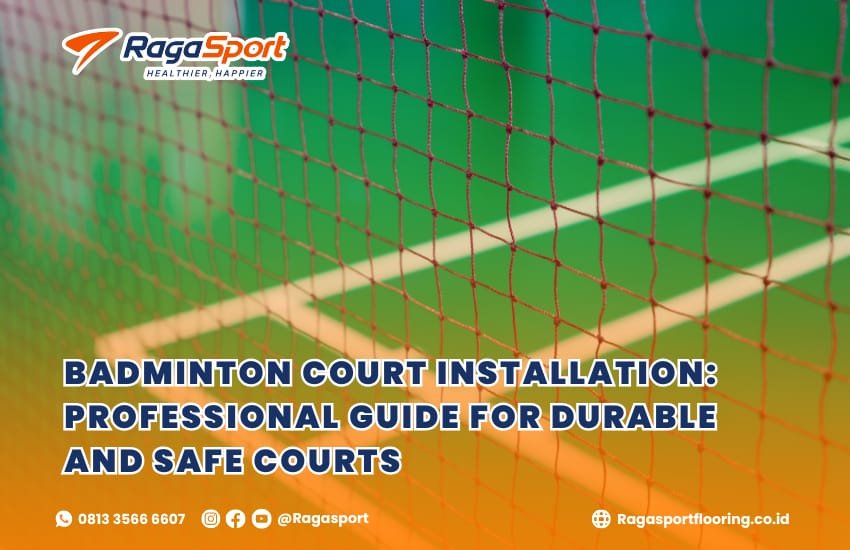Badminton has grown from being a casual backyard pastime to one of the most competitive racket sports worldwide. With tournaments being held across different levels, the demand for reliable and high-quality courts continues to increase. A proper badminton court installation is not just about putting up a net—it requires careful planning, the right materials, and expert construction methods.
In this comprehensive guide, we will break down the key aspects of badminton court installation, from official measurements to flooring options, lighting requirements, and why professional services ensure the best outcomes.
Table of Contents
Importance of Proper Badminton Court Installation
Many sports facilities and homeowners underestimate how crucial proper court installation is. In reality, the construction quality directly impacts:
- Player Experience – Good flooring and proper dimensions improve gameplay.
- Safety – Shock-absorbing surfaces reduce the risk of joint injuries.
- Durability – Professionally built courts last longer with minimal repairs.
- Standards Compliance – Meeting international specifications allows the court to host competitive matches.
Without these considerations, a court may become unsafe, uncomfortable, and costly to maintain.
Official Dimensions of a Badminton Court
Every badminton court must follow the Badminton World Federation (BWF) standards to ensure fair play:
- Overall Court Size: 13.40 m (length) × 6.10 m (width)
- Singles Play Area: 13.40 m × 5.18 m
- Service Lines: Clearly marked with short service line at 1.98 m from the net
- Net Height: 1.55 m at posts, 1.524 m at the center
Accuracy in dimensions is critical, as even a slight deviation may affect competitive play.
Flooring Choices for Badminton Court Installation

One of the most critical factors in court installation is the flooring material, as it influences performance and safety. Common choices include:
1. Wooden Courts
- Favored for professional indoor facilities
- Excellent shock absorption and bounce quality
- Needs periodic polishing and maintenance
2. PVC or Synthetic Vinyl Flooring
- Cost-effective and durable
- Provides slip resistance and consistent grip
- Easy to maintain, suitable for schools and clubs
3. Polyurethane (PU) and Acrylic Flooring
- Flexible for indoor and outdoor use
- Long lifespan with weather resistance
- Minimal maintenance compared to wood
4. Concrete or Asphalt Base
- Common for outdoor community courts
- Extremely durable but less forgiving on joints
- Often topped with synthetic surface for added comfort
Lighting for Indoor Badminton Court Installation
Badminton is a fast game, and visibility plays a huge role in performance. For indoor courts, proper lighting setup is essential:
- Training Courts: 300–500 lux illumination
- Tournament Courts: 1000–1200 lux for professional play
- Preferred Technology: LED lighting for brightness and energy savings
- Installation Strategy: Lights placed at appropriate angles to prevent glare and shadows
A poorly lit court can reduce player accuracy and even lead to eye strain, making professional lighting a must-have.
Steps in Badminton Court Installation
Professional court construction involves a detailed process:
- Site Preparation – Ground leveling, drainage system setup for outdoor courts.
- Base Foundation – Laying concrete, asphalt, or wood base as per flooring choice.
- Surface Installation – Applying wood panels, PVC sheets, or PU coating with precision.
- Court Marking – Painting official badminton lines with durable, anti-fade paint.
- Equipment Setup – Installing net posts, nets, and fixing them to regulation height.
- Lighting System Installation – Ensuring uniform brightness across the court.
- Quality Check – Final inspection to confirm accuracy, durability, and safety.
Indoor vs Outdoor Court Installation

The choice between indoor and outdoor installation depends on user needs:
- Indoor Courts
- Ideal for professional games and training.
- Wooden or PVC flooring recommended.
- Controlled environment with ventilation and artificial lighting.
- Outdoor Courts
- Designed for recreational or community use.
- Durable acrylic or PU flooring on concrete base.
- Requires weather-resistant coatings and drainage systems.
Factors That Influence Installation Cost
When planning a badminton court, costs can vary significantly depending on:
- Flooring type (wood, PVC, PU, or concrete)
- Indoor vs outdoor setup
- Size and number of courts
- Lighting system and seating facilities
- Custom features like soundproofing, fencing, or climate control
Though the upfront cost may seem high, professional installation saves money in the long run due to lower repair needs.
Why Choose Professional Badminton Court Installation Services
Hiring professionals ensures that every detail meets international standards. Key advantages include:
- Use of premium, certified materials
- Faster and more accurate construction
- Expert recommendations tailored to specific needs
- Long-term durability and reduced maintenance issues
For schools, sports clubs, or private property owners, professional services guarantee a safe, reliable, and high-performing badminton court.
Conclusion
A successful badminton court installation blends precision, quality materials, and professional expertise. From flooring and lighting to measurements and equipment setup, each step is vital to creating a court that enhances both safety and gameplay.
If you are planning to build a badminton court that lasts for years and meets international standards, working with experienced professionals is the best decision.

Get in touch with our expert team today:
👉 RagaSport Padel Court Construction Services
👉 WhatsApp us directly: wa.me/6281335666607

